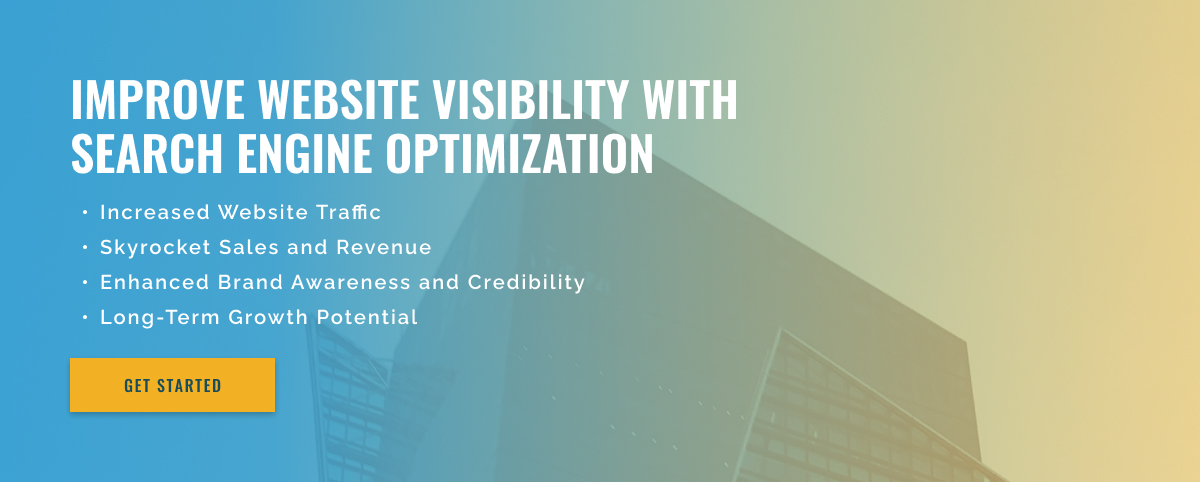3 minute read
Boosting B2B SEO: The Power of Internal Linking
In today’s digital age, a strong online presence is crucial for businesses that want to thrive in the B2B industry. Part of that online presence includes having a solid search engine optimization (SEO) strategy. An often overlooked aspect of SEO is internal linking. Internal linking refers to the practice of linking to other pages within a website. While it may seem like a small and insignificant detail, internal linking plays a key role in improving B2B SEO efforts.
Firstly, internal links help search engines understand the structure and hierarchy of a website. When a search engine crawls a website, it follows links to different pages to determine how they are connected. This not only helps with indexing and ranking, but also creates a more organized and user-friendly website. By linking related pages, search engines can better understand the content of each page and provide more relevant search results to users.
Internal links also help spread page authority and increase the visibility of important pages. When a website has a strong internal linking structure, the pages that are linked to most frequently are considered more important. This is because the more links a page has, the higher its authority. By strategically linking to key pages, such as product or service pages, businesses can ultimately increase their visibility and attract more potential B2B customers.
Additionally, internal links can also help increase the time spent on a website. By linking to related content, businesses can keep their audience interested and encourage them to explore more pages of the website. This ultimately leads to a lower bounce rate, which is an important factor in SEO ranking. A lower bounce rate indicates that visitors find the website’s content relevant and useful, which in turn can improve the website’s credibility with search engines.
Furthermore, internal links can also help increase organic traffic to a website. With a well-structured internal linking strategy, businesses can guide search engine bots to crawl and index more of their website. This means more pages have a chance to rank in search results and generate organic traffic. By providing users with valuable, interconnected content, businesses can also increase the chances that visitors will share their website with others, expanding their reach and generating even more traffic.
In short, internal linking is an essential part of B2B SEO efforts. It not only helps in organizing, indexing, and ranking websites but also plays an important role in increasing visibility, user engagement, and organic traffic.

